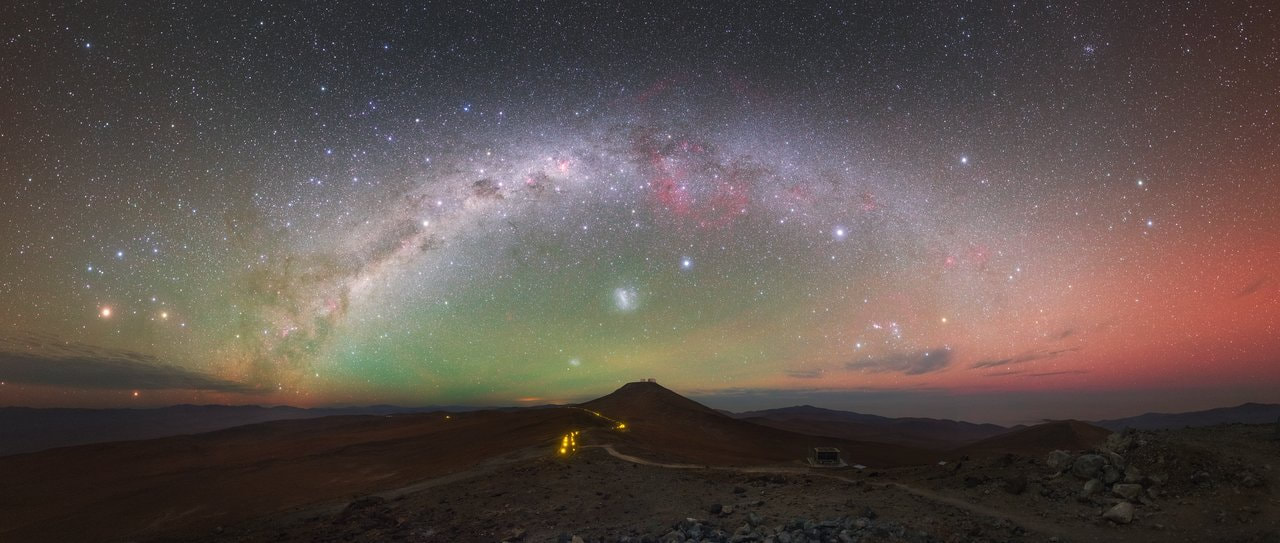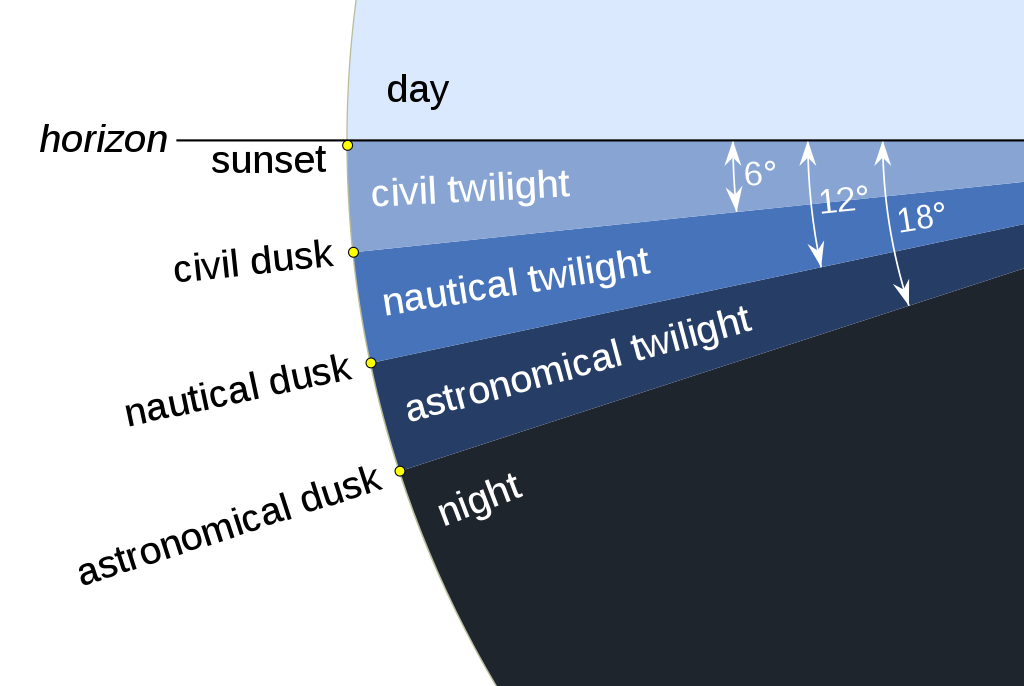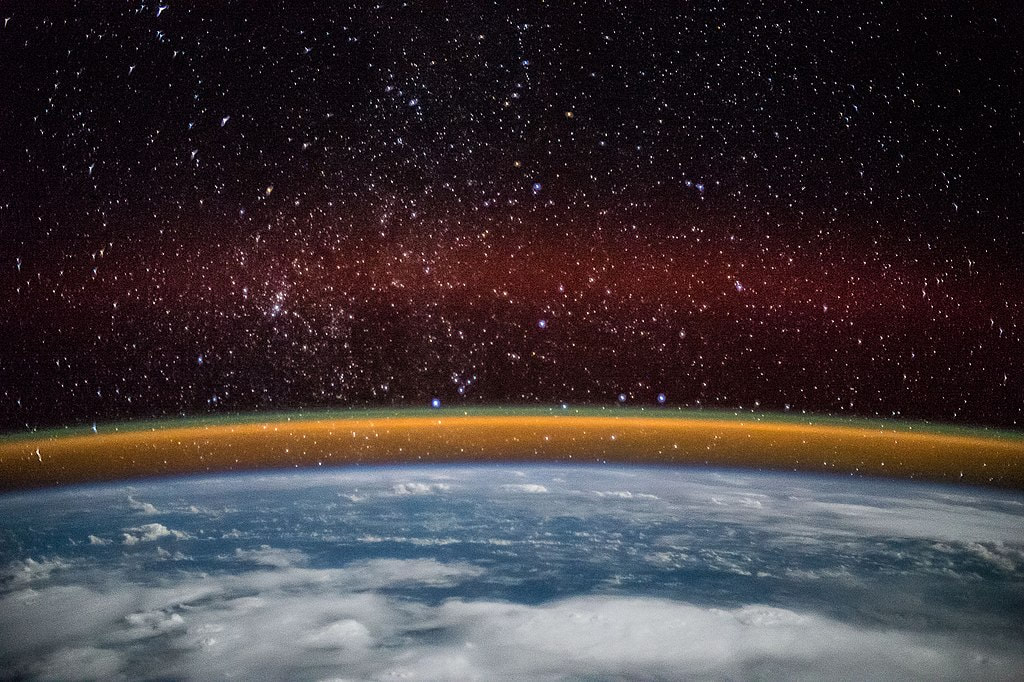Archives
June 2024
Categories
All
|
Back to Blog
My friend, Dr. Al Grauer, is an astronomer with the Catalina Sky Survey in Arizona. The project aims to find many of the thousands of small asteroids that may one day collide with our planet. It relies on convenient access to dark night skies to see these faint interlopers. As part of his work, Al became interested in what factors contribute to the brightness of the night sky. In turn, that determines how sensitive the Survey is. It's therefore important to understand those factors to know how effective the Survey can be at achieving its mission. In studying this subject, Al made an observation that has stuck with me ever since I first heard him say it: "The natural night sky is alive with its own light." To understand the significance of dark skies and what we stand to lose to light pollution, Al argues, we need to understand the night sky as nature alone influences it. Here, we review those sources and what we know about them. The results are important in framing what we mean when we talk about "dark skies". As night falls A remarkable transformation happens each day on Earth. Day becomes night and night becomes day again with a perfect predictability. This 24-hour, light-dark-light-dark cycle is the basis for one of the most basic of all biological rhythms. It also sets up a convenient way to record the passage of time. Each day, the main event begins as the sun sets and the transition to night begins. From sunset until the onset of nighttime darkness, the brightness of the night sky decreases by about one million times. Once the Sun is about 18 degrees below the horizon, its direct light misses the top of the atmosphere and the observer is fully immersed in the Earth's shadow. This is "night". The three phases of twilight from sunset to night. Graphic by T.W. Carlson, licensed under CC BY-SA 3.0. Until that time, direct or scattered sunlight determines the brightness of the sky in any direction. As that light fades away, the stars begin to appear. After some time the sky gets no darker until several hours later as morning approaches. Then the process repeats, but in reverse order. Sources of natural light in the night sky Say you're outside at night in the most remote corner of the world. What would you see in the sky at night? Absent light pollution, the sky is not black at night from anywhere on Earth. It's not even completely black as seen from space. Instead, natural light sources brighten the night sky in an understandable way. Once we know what those sources are, we can figure out how much light they contribute. There are two main sources of natural light that we see in the night sky. One kind originates in our own atmosphere. The main component, called "airglow", originates over 100 kilometers overhead. In the upper atmosphere, atoms and molecules interact with each other in ways that causes the emission of light. This light is always present, but it can vary in brightness and distribution over minutes to hours. Layers of airglow in the Earth's atmosphere seen from low orbit. The colors come from neutral sodium (yellow; 80-100 km) and oxygen (green, 100 km; and red, 200-300 km) atoms. NASA photo ISS042-E-037847, made by European Space Agency astronaut Samantha Cristoforetti. Public domain. Toward the Earth's poles, near where its magnetic field emerges from inside our planet, a different effect can be seen. This is the "aurora". Energetic particles from the outer atmosphere of the Sun interact with the Earth's magnetic field. The resulting light is often very bright and seen as shimmering curtains of bright green and pink known as the Northern or Southern Lights. The other source of natural light can be called "astronomical" and refers to light originating above our atmosphere. The most familiar variety is moonlight, which varies in brightness throughout the 29-day cycle of lunar phases. At its brightest, the Moon is still vastly fainter than most artificial light sources. Some astronomical light comes from within the Solar System. Dust shed by comets and colliding asteroids fills space near the inner planets. The dust scatters sunlight toward us, lighting up the twilight and night sky as a ghostly, cone-shaped glow called the zodiacal light. Fainter light sources are further away still. Masses of stars in our Milky Way blend together in the familiar glowing clouds seen from dark-sky sites. Dust elsewhere in our galaxy scatters starlight toward us. Even distant galaxies themselves contribute a tiny amount of light to our night skies. What light pollution adds Putting together all these sources, one comes up with a number that represents the typical brightness of the natural night sky. That represents a point of comparison for describing a light polluted night sky. Calling that amount of light one "unit" allows us to describe city skies in multiples. Rural areas might be around 2-5 units in brightness. The most light-polluted cities can exceed 1,000 units. Light pollution isn't very much like those natural sources. Its spectrum often looks very different. When artificial light is directed into the night sky, it scatters in the atmosphere and forms "skyglow". This is the washed-out appearance of the night sky familiar to city dwellers that makes the stars difficult to see. Because bluer colors of light scatter more in the atmosphere, white light in particular makes this problem worse. It also contributes to light received on the ground, which can be harmful to wildlife. Biology is tuned to natural brightnesses and rhythms like the lunar cycle. Some species, like the dung beetle, use the night sky to navigate. Others need nighttime darkness to avoid predators and find both food and mates. Setting all that aside, skyglow robs us of our heritage as humans. The night sky is one of the few things that all humans share in common. For thousands of years it inspired great and enduring works of art, music and literature. Still today, seeing the Milky Way at night evokes a sense of awe and wonder. But now, more than ever, many people can no longer see the Milky Way from where they live. Protecting an important resource The Senegalese conservationist Baba Dioum once said "In the end we will conserve only what we love; we will love only what we understand; and we will understand only what we are taught." He emphasized the importance of understanding and learning from nature as the keys to protecting it. The night sky at night is not perfectly devoid of light, like a dark canvas waiting for paint. Rather, as Al Grauer puts it, it's alive with its own light. Besides benefitting the ecology, natural darkness is worth preserving for its own values. Understanding that darkness to be imperfect establishes an important frame of reference. What is "darkness"? And where does "night" begin and end? These questions still lack definitive answers. It may be that there are only literal shades of gray contributed by both natural and artificial light at night. The absolutes of light and dark we imagine may not be so absolute after all. Effective conservation the resource of the night benefits from deep understanding and experience. We can contribute both to the pursuit your own dark-sky goals. Contact us today to find out how we can help.
0 Comments
Read More
|
 RSS Feed
RSS Feed



